Farquhar, Rajanatnam, Rihlah and Monuments at the National Library
Last Friday (11/6/2010), as I was in the area and had library books to return, I made a stop at the National Library building. While there, I realised that there were four exhibitions being held at the library and went through them. However, as this was a somewhat impromptu visit, I did not bring along a camera to document what I saw at the four exhibitions.
Thus, yesterday (14/6/2010), armed with a camera, I re-visited thew four exhibitions. What follows below are some of the photos, with my thoughts interspersed amongst them, I took of the exhibitions.
However, it should be noted that although photography may not be explicitly prohibited (I do not remember seeing any signs explicitly prohibiting photography) at the exhibitions, it is also not explicitly allowed; it is thus best to be tactical when taking photos at the exhibitions, especially for the Rihlah exhibition since it is located in a more secure area of the library.
Thus, yesterday (14/6/2010), armed with a camera, I re-visited thew four exhibitions. What follows below are some of the photos, with my thoughts interspersed amongst them, I took of the exhibitions.
However, it should be noted that although photography may not be explicitly prohibited (I do not remember seeing any signs explicitly prohibiting photography) at the exhibitions, it is also not explicitly allowed; it is thus best to be tactical when taking photos at the exhibitions, especially for the Rihlah exhibition since it is located in a more secure area of the library.
William Farquhar: Singapore’s First Resident and Commandant (1819 – 1823) -- An Exhibition
 |
| Interesting factoid about how the EIC actually wanted to destroy Malacca so that it would not be a rival to Penang; fortunately, their plan was not carried out totally |
I suppose some, if not most, of you all would have heard of the joke about how in studying Singapore history, there are perhaps only three individuals who one must know: Sang Nila Utama, Raffles and Lee Kuan Yew.
Although meant as a joke, the above statement nonetheless aptly refers to how, for a very long time, the official historical narrative of Singapore placed great emphasis on the contributions of the three abovementioned individuals, especially that of the latter two.
And in the narrative about the founding of colonial Singapore, Raffles is often portrayed as the one who deserve the most credit while Farquhar is perhaps relegated to being portrayed as a secondary figure who is somewhat less than competent or one who adopted a more laissez-faire approach to the administration of early colonial Singapore (and thus forceful intervention by Raffles was required when he returned to Singapore).
However, as one may learn from the exhibition, while Raffles only stayed in Singapore for less than a year, Farquhar was the one who had to do the hard administrative work establishing the newly-founded Singapore. In fact, as can be seen from the photographs above, Raffles' instructions for how the newly-founded colonial Singapore were sometimes "impractical" or impossible to meet in light of the harsh circumstances back then.
Yet, today, Raffles is venerated almost as a demi-god with his name appearing almost everywhere in Singapore while Farquhar is almost forgotten.
Although meant as a joke, the above statement nonetheless aptly refers to how, for a very long time, the official historical narrative of Singapore placed great emphasis on the contributions of the three abovementioned individuals, especially that of the latter two.
And in the narrative about the founding of colonial Singapore, Raffles is often portrayed as the one who deserve the most credit while Farquhar is perhaps relegated to being portrayed as a secondary figure who is somewhat less than competent or one who adopted a more laissez-faire approach to the administration of early colonial Singapore (and thus forceful intervention by Raffles was required when he returned to Singapore).
However, as one may learn from the exhibition, while Raffles only stayed in Singapore for less than a year, Farquhar was the one who had to do the hard administrative work establishing the newly-founded Singapore. In fact, as can be seen from the photographs above, Raffles' instructions for how the newly-founded colonial Singapore were sometimes "impractical" or impossible to meet in light of the harsh circumstances back then.
Yet, today, Raffles is venerated almost as a demi-god with his name appearing almost everywhere in Singapore while Farquhar is almost forgotten.
S. Rajanatnam: The Singapore Lion -- From Ideas to Reality




 |
| Books from Rajanatnam's personal collection; spotted amongst them were works by Toynbee, Foucault, Huntington and Ibn Khaldun |
While this exhibition does not really provide new information about the late Rajanatnam for those who may already be familiar with his life and contributions, it was nonetheless to look at the various artifacts associated with him. Of special interest to me, as may be guessed from the photographs above, were the books from his personal collection and his notes.
Rihlah -- Arabs in Southeast Asia
I do not really have comments or thoughts about this exhibition so I will just leave you all with this link to a video of Foreign Minister George Yeo's opening speech for the exhibition.
Monuments and Memories
It is good to know that despite the common impression of Singapore being a mere urban jungle, it does still have various monuments and heritage sites which are preserved for posterity.














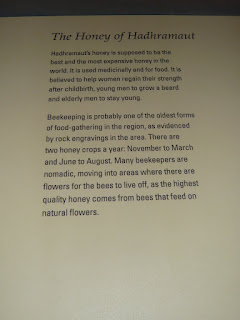




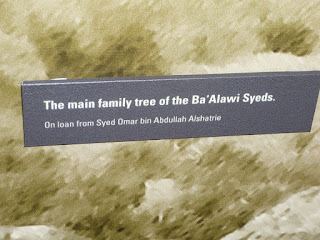

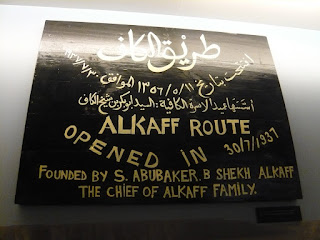






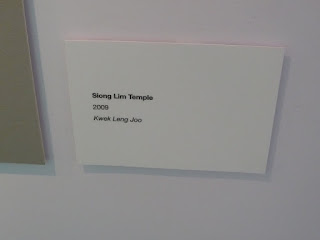















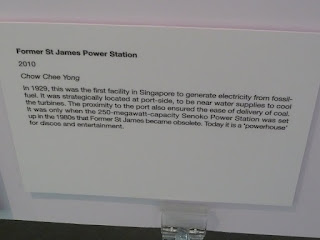
















No comments:
Post a Comment